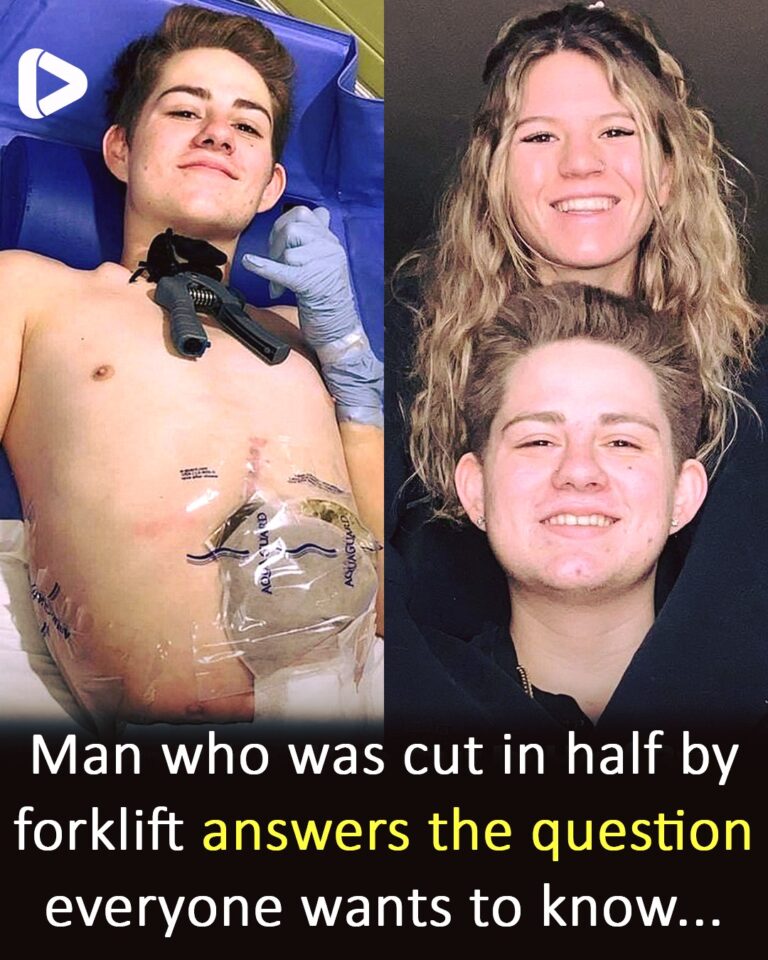Ways BFF relationships have changed from the ’70s versus today
There is a familiar comfort in looking back at the seventies and eighties, a comfort that feels like stepping into a sunlit memory. Life moved at a gentler pace during those decades. Days felt longer, friendships felt deeper, and ordinary moments carried a sense of significance that came from being fully present. Many people recall riding bicycles until the sun slipped behind the trees, returning home only when a parent called from the porch. The world felt wide, yet somehow safe and known. Childhood and young adulthood unfolded with a steady rhythm that did not need constant reminders from glowing screens.
We lived without smartphones buzzing in our pockets, yet we stayed connected to the things that truly mattered. Neighbors talked over fences. Friends stopped by unannounced. Families gathered around televisions for shared shows and around dinner tables for shared stories. The seventies and eighties were far from flawless, but they offered an authenticity that many people crave today. There was value in simplicity, and that simplicity shaped the way relationships developed.
Romantic and platonic bonds reflected this slower pace. People made the effort to show up. They spoke face to face, listened without distraction, and nurtured connections through shared routines. You learned someone’s habits not through posts but through time spent together. Looking back, it becomes clear that connection carried a different texture before the digital age arrived. It felt more grounded, more intentional, and more lasting.
Communication styles highlight this difference clearly. In the seventies, staying in touch meant showing up physically or picking up the landline. A phone call was an event, especially when rotary phones gave way to touch tone technology. Every ring held a bit of anticipation, and every conversation felt meaningful. Long distance calls cost real money, so families waited until nighttime when rates dropped. Words were chosen with care because speaking longer carried a financial consequence. Handwritten letters bridged gaps that phones could not. Ink on a page held warmth that could be kept, reread, and cherished.
Today communication is instant. Messages travel across the world in seconds through texts, direct messages, and video calls. While convenience has grown, many people report feeling more isolated. Tone and emotion do not always translate through typed words, and misunderstandings spread easily. Technology has made communication efficient, yet in many cases it has stripped away the depth that once defined personal interaction.
Dating norms also illustrate how much society has changed. During the seventies, expressing interest required courage. If you wanted to meet someone, you approached them in person. Romantic connections often began at school, at work, or in familiar community spots. Sharing a phone number felt like a milestone. It symbolized trust and genuine interest. People learned about each other gradually, through conversation and shared experiences.
In modern times, dating revolves around apps such as Tinder and Bumble. Meeting someone has become easier than ever, yet building trust is often more challenging. The process begins with curated photos, brief bios, and quick judgments. What once started with spoken words now begins with swipes. Although technology has widened the pool of potential partners, it has also changed the emotional foundation of early connection.
Reflecting on these decades reminds us that while progress brings convenience, it can also distance us from the patience, presence, and authenticity that once defined everyday life.





